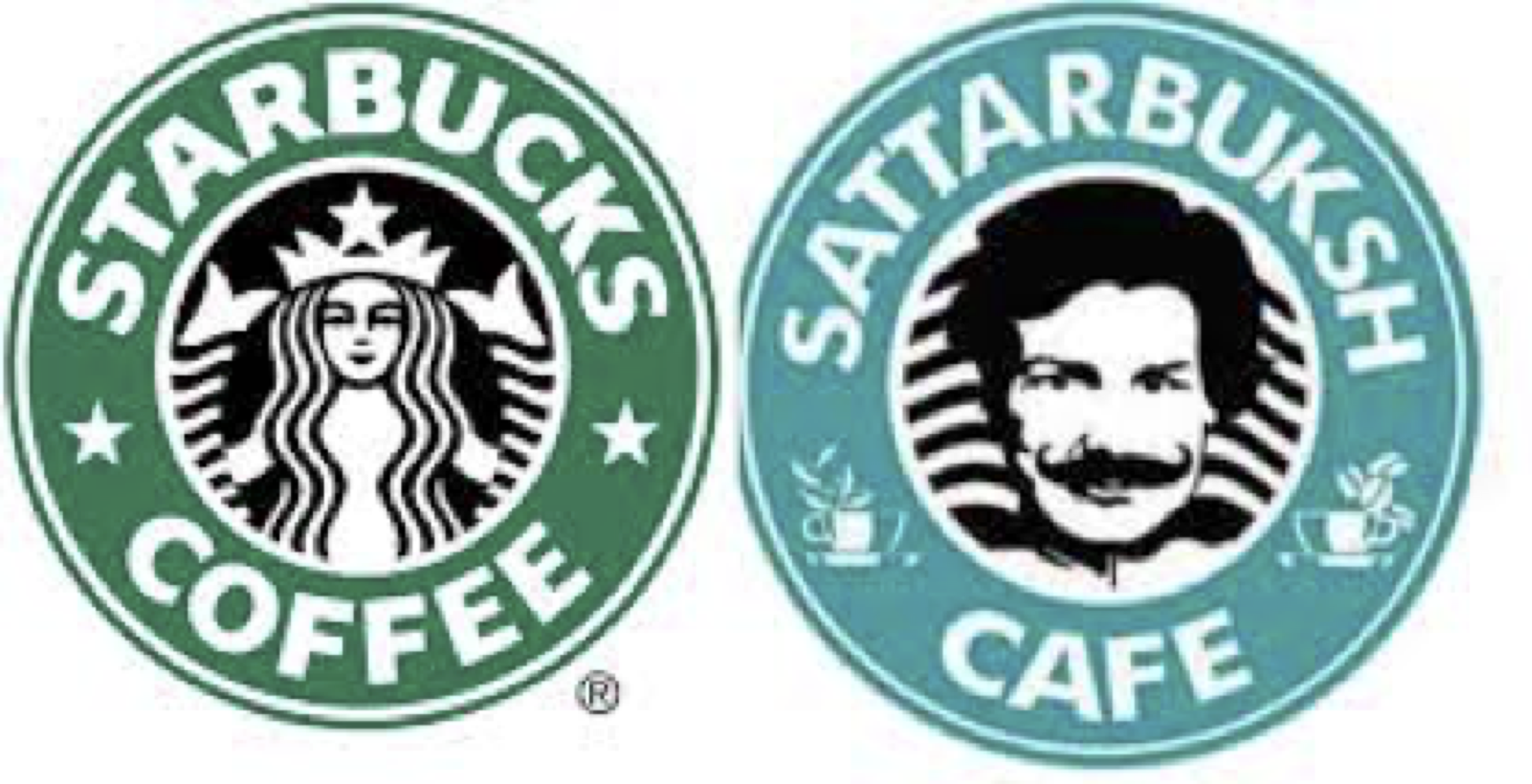In order to provide better fortification of a trademark for goods and services and for the deterrence of the use of fraudulent marks, parliament rescinded the 1958 Act and substituted it by the Trade Marks Act, 1999. Under Trade Marks Act, 1999 Trademark dilution was introduced. It is a concept of trademark law which gives the owner of an eminent trademark to bar others from using that mark in a way that would minimize its individuality. In most cases, trademark dilution contains an unlawful use of another’s trademark on products that do not compete with and have a slight connection with, those of the trademark owner. For example, a famous trademark used by one company to refer to electronic products might be diluted if any other company begins to use it for referring to breakfast cereals or hair care products.
Forms of Trademark Dilution
The two types of harm that arise from dilution are “Blurring” and “tarnishing”.
“Blurring” takes places when the third party’s mark weakens the consumer’s insight that the famed mark is connected to the plaintiff’s goods or services or when a renowned mark’s uniqueness has tampered for the reason that it becomes or is probable to become allied with a similar mark or trade name.
“Tarnishing” occurs when the famous mark’s standing is injured through connection with a similar mark or trade name. This generally applies when a defendant’s use of the mark is considered unpleasant or is attached to inferior products or services. For example, if someone sells T-shirts with bigoted cartoons on them under the mark “Amazon,” the use of “Amazon” on bigoted T-shirts might blemish the reputation of the web-retailer Amazon.

DOCTRINE OF DILUTION
Dilution was recognized by Indian Courts as early as the early 1990s. This was done without providing any examination of the doctrine in their judgments. It was absent in the old law i.e. the Trade and Merchandise Marks Act, 1958. Section 29(4) of the Trademarks Act, 1999 which introduced the doctrine of dilution incorporated it for the first time in a statute. This doctrine of dilution was introduced by the court much before the Act considering its internationally recognized status. In Daimler Benz Aktiegesellschaft vs Hybo Hindustan one of the issues before the single judge bench was whether the defendant could use the mark ‘BENZ’ on underwear. It is interesting to know that, the Hon’ble Judge applied the doctrine of dilution without using the word ‘dilution’
ITC v Philip Morris Products SA & Ors This case provides a good understanding of the trademark dilution in India. High Court while referring to section 29(4) of the Trade Marks Act, 1999 held a dilution cause of action established if the following essential elements are satisfied:
-The impugned mark is identical or similar to the well-known mark
-The well known or the injured mark has a reputation in India
-The use of the impugned mark is without due cause
-The use of the impugned mark amounts to taking unfair advantage of or is detrimental to the distinctive character or reputation of the registered trademark.
The use of “Namaste” logo by ITC on its cigarettes became the reason for ITC’s loss against Philip Morris.
Section 29(4), Trade and Merchandise Marks Act, 1958
The trademark under 29(4) should be registered and should have a reputation in India. For the application of this section, the trademark should be well known and should have a reputation in India.[3]
As per section 29(4) of The Trade Marks Act, trademark infringement in the form of dilution will occur only when the person uses the mark which is:
-Identical or similar to the registered trademark which already has a reputation in India and
-Use is on different goods or services than those covered by the registration.
Infringement which is occurred if it is found the use of offending mark produces the following results:
-When the person takes unfair advantage of the reputed mark or mark having a distinctive character.
-When the mark is harmful to the distinctive mark or reputed mark.
Exceptions to dilution of trademarks
The following shall not be actionable as dilution:
*Any rightful use, including a nominative or descriptive fair use, or facilitation of such fair use, of a famed mark by another individual other than as a designation of source for the person’s own goods or services, including use in connection with–
*Advertising or promotion that permits consumers to compare goods or services; or
*Identifying and parodying, criticizing, or commenting upon the famous mark owner r the goods or services.
*All forms of news reporting and news commentary.
*Any mark which includes parodies, criticism or comments. The exception of parodies was used in Louis Vuitton Malletier S.A. v. Haute Diggity Dog, LLC, where the defendant manufacture apparels for dogs under the mark ‘Chewy Vuitton’ which was a parody the plaintiff famous brand ‘Louis Vuitton’ apparels. It was held by the court that ‘Chewy Vuitton’ did not dilute the trademark ‘Louis Vuitton’ because it was merely a parody of ‘Louis Vuitton’.
CONCLUSION
Though it is not a consumer-centric law, it must be openly adopted in Indian trademark law. Separate legislation shall not be mandatory, just making amendments to the Trade Marks Act, 1999 should be adequate and may even be better. Amendment to Section 24 will change the scope of the provision by not identifying all marks with reputation but only covering famous marks, thereby not including marks which are simply ‘well-known’. A specific criterion to be looked into for determining whether or not a mark is famous, such as that criterion in the TDRA can be adopted.




